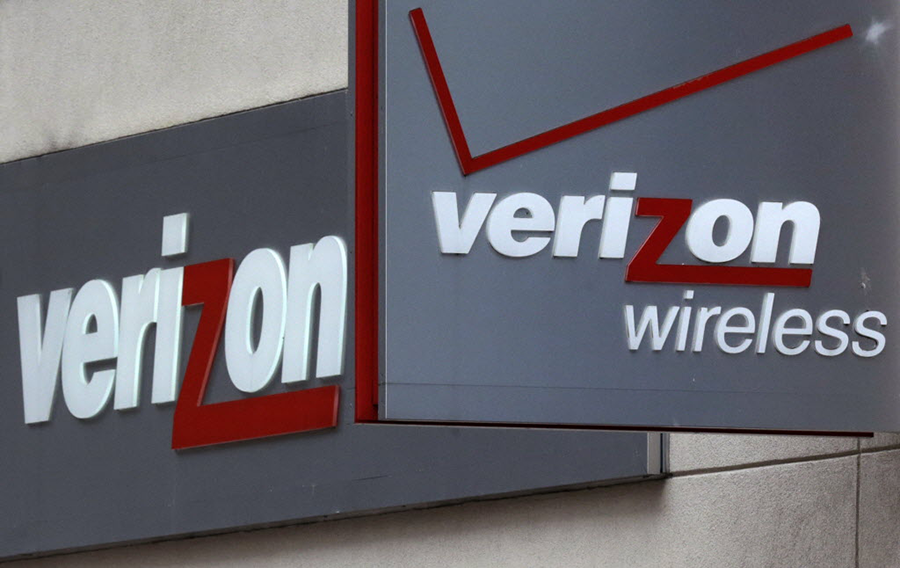Verizon to cut two-year plans, introduce monthly fees
Loading...
Verizon is officially nixing two-year contracts in an effort to simplify payment options, the communications giant announced in a statement on Friday.
Beginning Thursday, customers will have four different monthly plans to choose from. Small: $30 a month for 1 GB of shareable data. Medium: $45 a month for 3 GB of shareable data. Large: $60 a month for 6 GB of shareable data. X-Large: $80 a month for 12 GB of shareable data.
All of the data options can be shared by up to 10 devices, but each device has a flat monthly charge: $20 for smartphones, $10 for Jetpack mobile hotspots, and $5 for connected devices like smart watches.
But this also means that the cost of new cell phones will no longer be subsidized. In the past, customers who signed up for annual contracts could buy phones for significantly discounted prices. Now, if they can’t afford to pay for a new phone, customers can use the carrier’s payment plan to pay off a new device in monthly installments over two years, CNN Money reported.
Will consumers continue to gobble up smart phones, even as they become increasingly expensive?
The simple answer: probably. Data on mobile technology collected by the Pew Research Center suggests that Americans are growing more dependent on their “smart” devices. As of October 2014, 64% of American adults owned a smartphone and as of January 2014 90% owned a cell phone.
More interesting data:
- 67% of cell owners find themselves checking their phone for messages, alerts, or calls – even when they didn’t notice their phone ringing or vibrating.
- 44% of cell owners have slept with their phone next to their bed because they wanted to make sure they didn’t miss any calls, text messages, or other updates during the night.
- 29% of cell owners describe their cell phone as “something they can’t imagine living without.”
And, according to Pew Research Center, 15% of American smartphone users say that they have a limited number of ways to get online other than their cell phone and 10% of Americans own a smartphone but do not have any other form of high-speed Internet access at home beyond their phone’s data plan – this is especially true for low-income users. Essentially, these customers are using their cell phones as their primary source of Internet.
As an April CNBC report highlights, poor Americans are more likely to be heavily reliant on their smart phones and will probably continue to cash in even if they become more expensive.
“The connections to online resources that smartphones facilitate are often most tenuous for those users who rely on those connections the most,” said Aaron Smith, a senior researcher at Pew Research Center, talking with CNBC about their findings.
But for Verizon, the focus is on the simplicity of their new payment plan.
“Choosing a wireless plan is now easier than ever,” Rob Miller, vice-president of consumer pricing for Verizon Wireless, said in a statement. “Customers said they don’t want to have to do a lot of math to figure out their best options, and we heard them.”






